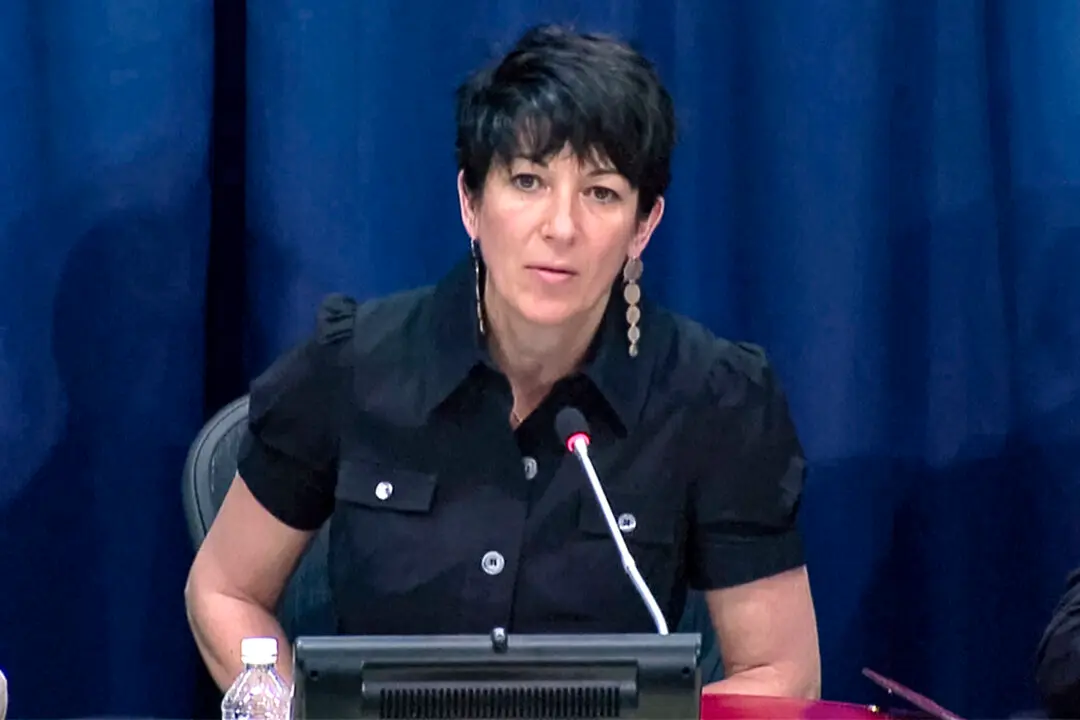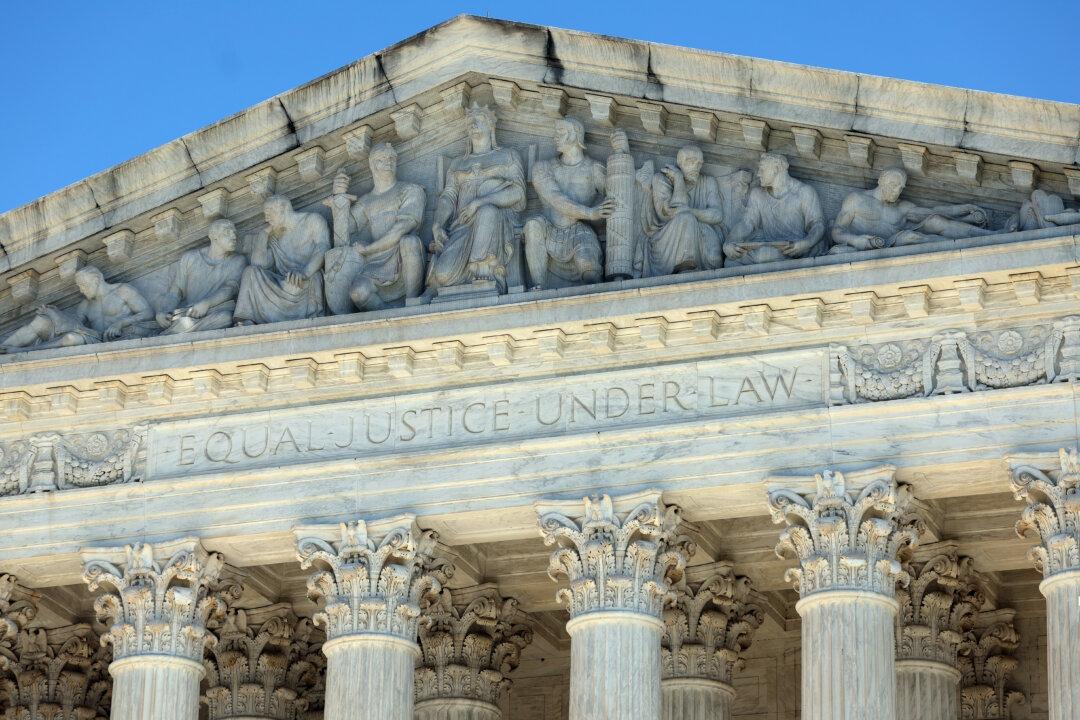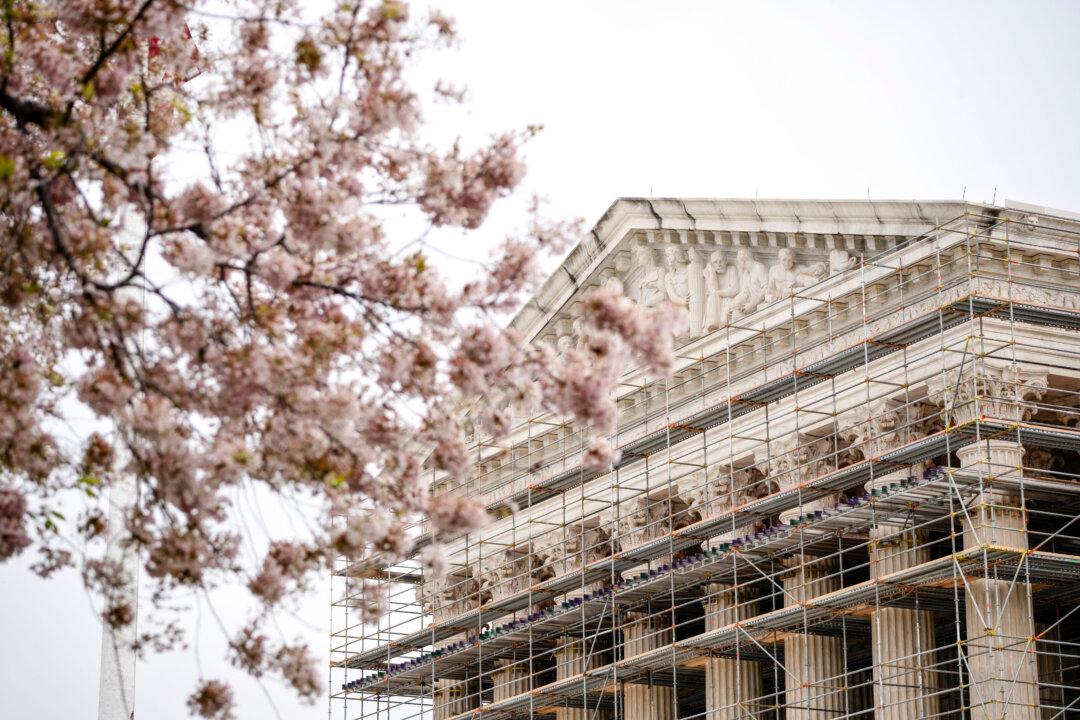The Supreme Court unanimously ruled that the Department of Health and Human Services (HHS) illegally reduced prescription drug reimbursements to hospitals by $1.6 billion per year in a program aimed at helping poor patients.
The decision, a win for hospitals serving low-income individuals, allows those hospitals to seek the improperly withheld funding from the federal government. The reduction in reimbursements was ordered by the Trump administration in 2018 and defended in court by the Biden administration. The government argued the rate cuts would more accurately mirror the cost to hospitals of buying the drugs and that it was allowed to do so under a legal provision that gave regulators authority to order adjustments to rates.
But HHS improperly relied on a formula that Congress made available only in specific circumstances, which didn’t apply in the case, the court determined. President George W. Bush in 2003 signed the Medicare Prescription Drug, Improvement, and Modernization Act into law. The statute requires HHS to establish reimbursement rates every year for certain outpatient prescription drugs provided by hospitals using a predetermined formula.
Despite the urging of the Biden administration, the Supreme Court didn’t address whether the so-called Chevron doctrine that the Supreme Court enunciated in 1984 applied to the case. In Chevron v. Natural Resources Defense Council, the high court held that while courts “must give effect to the unambiguously expressed intent of Congress,” where courts find “Congress has not directly addressed the precise question at issue” and “the statute is silent or ambiguous with respect to the specific issue, the question for the court is whether the agency’s answer is based on a permissible construction of the statute.”
Apparently, the Supreme Court found the issues involved were straightforward enough that Chevron didn’t need to be examined.
As Kavanaugh summarized in the opinion, federal Medicare law states that HHS is required to reimburse hospitals for some outpatient prescription drugs that the hospitals give to Medicare patients. These reimbursements total tens of billions of dollars every year.
HHS may calculate reimbursements in two ways. It may vary reimbursement rates for different categories of hospitals if it first carries out a survey of the amount that hospitals pay to acquire the prescription drugs. Alternatively, if the agency has not done such a survey, it has to establish reimbursement rates based on the average sales price manufacturers charge for the drugs and is not allowed to vary the reimbursement rates for different kinds of hospitals.
For 2018 and 2019, HHS didn’t carry out a survey of hospitals’ acquisition costs for outpatient prescription drugs but still slashed reimbursement rates for one cohort of hospitals—Section 340B hospitals, which generally serve low-income or rural communities.
“For those 340B hospitals, this case has immense economic consequences, about $1.6 billion annually,” Kavanaugh wrote. “The question is whether the statute affords HHS discretion to vary the reimbursement rates for that one group of hospitals when, as here, HHS has not conducted the required survey of hospitals’ acquisition costs. The answer is no.”
The court stated: “We do not agree with HHS’s interpretation of the statute ... [and] conclude that, absent a survey of hospitals’ acquisition costs, HHS may not vary the reimbursement rates for 340B hospitals. HHS’s 2018 and 2019 reimbursement rates for 340B hospitals were therefore contrary to the statute and unlawful.”
The Supreme Court reversed the ruling of the D.C. Circuit and remanded the case to that court “for further proceedings consistent with this opinion.”
The new decision is “a fairly strong rebuke from the Supreme Court about how the agency has attempted to overstep its authority,” Mark Polston, a partner at the law firm of King and Spalding, told Bloomberg Law.
“If they know the Supreme Court unanimously thinks it’s the duty of the courts to do their own interpretation of statute,” then “there will be justices of the lower courts who take notice of that and perhaps follow suit.”





